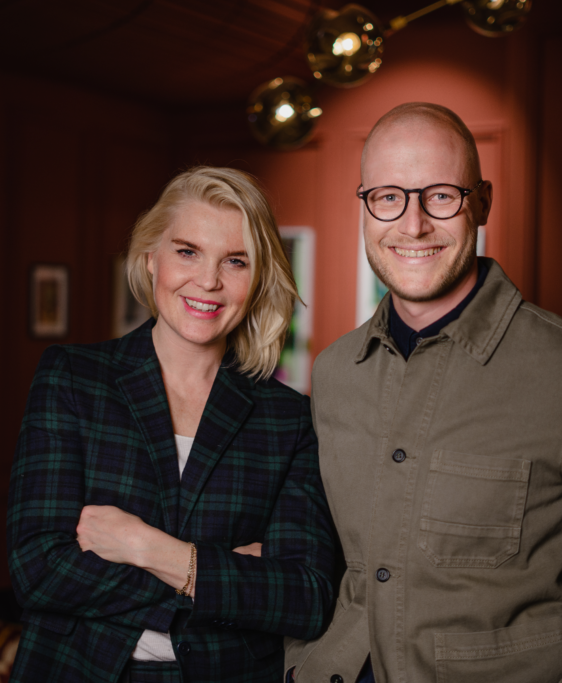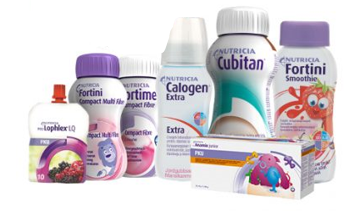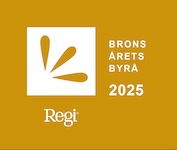We know that running ads on Facebook can seem a bit overwhelming, especially if you are new to it. At Beyond Retail, we have been /../

We know that running ads on Facebook can seem a bit overwhelming, especially if you are new to it. At Beyond Retail, we have been working with Facebook campaigns for several types of businesses, which means that we know that the strategies can (and probably should) differ a lot. Although, it also means that we know a few things that actually tend to work for most companies, whatever field they are operating in.
Continue to read to discover more about how to make your Facebook campaigns successful.
Choose the right objective for your campaign
This might seem a bit obvious, but there is more to it. By choosing your campaign objective based on what your goal with the campaign is, Facebook will adjust the pre-set settings so that the campaign is optimized towards certain metrics. For example;
- Are you interested in driving traffic to the site and focus on attracting new visitors to e.g. a blog post or a certain landing page? Then the traffic objective might be right for you. Facebook will then show the ad to people most likely to click on the ad, based on their past behaviour saved in the Facebook algorithm.
- But are you on the other hand looking to focus on an action made on the website, such as a purchase, then the conversion objective is in many cases the way to go. Facebook will in that case optimize and show the ad to people more likely to perform such an action, based on their previous behaviour and probability to convert on your website. This requires that you have the Facebook pixel installed on your website.
So just choosing the traffic objective thinking “the more people that visit the website, the more purchases” will not always be right. To instead go for the more advanced conversion objective can many times be more effective looking at sales numbers. But of course, as with everything connected to e-commerce, you need to try what is working and not for your business.
These are just a few of the objectives that are common to use when it comes to e-commerce among our clients. There are of course many more objectives to try out for your business, something Beyond Retail is also happy to help you with in order to reach the best possible results.
Be aware of overlapping audiences
If you are running a campaign with several ad sets containing different audiences, then be aware of if (and if so, how much) they are overlapping. Having audiences with the same people in more than one running ad set, can lead to poor delivery. Facebook will then show the ad for the ad set with the best performance history, while excluding the other to make sure you won’t compete against yourself and drive up the cost.
Wondering how to check this? It is actually quite easy, go into “Audience” in ads manager, select the audiences you want to check and click “Show audience overlap”. The overlap will be shown in percentage, and of course - the lower percentage the better.
Use the right creatives
Selecting and designing the ad creatives can be more tricky than you might think at first. Ads should be both recognizable and designed to match the brand identity, but at the same time easy to understand and appealing to new customers.
Luckily, there are best practices that works for image ads on Facebook, which can be applied on video ads too:
- Use less text: Try to keep any text on the images short and concisely. Images with a lot of text on can actually prevent the ad from being shown as much, and with a less of an impact to the people seeing it.
- Stick to the brand’s visual identity: Also, make sure the ads in the same campaign all have a visual consistency to them. This way, more people will recognize your ads and it’s easier to create a series of ads in the same campaign to vary between.
- Include the logotype: Showing your company’s logo in the first three seconds of a video ad is worth trying out since it can increase the ad performance. Also, if you choose to add a logo to an image ad, place it on top and not at the bottom of an image. This is especially important when it comes to campaigns with verticale images on mobile devices, since the viewer then has more time to spot the logo together with the ad when scrolling the feed. And as you probably know, every millisecond here counts.
- Clear images: By using a single focal point you will be more likely to catch the eye of the viewer, than with a messy image. If you have more than one thing to show, then a carousel, collection or video format might be more effective. Also, make sure to check the size of the image, so it’s not too small and shown in a too low resolution.
- Try out different ads and formats: Make sure to always include a few different versions of the ad with different creatives and/or formats (e.g. collection ad versus carousel ad). The one you think will deliver best might not be the same one that actually does.

Try out dynamic ads
Dynamic ads, or DPA ads a Facebook calls them, can be a perfect way of reminding a customer of what they have looked at. By setting up a product feed containing your products (with images, info and stock levels that automatically updates), you can show your products in an effective way in your ads. You can choose how you want to retarget your customers; either if they have viewed a product or a category, or if they have left something in their cart without checking out.
In other words, this format is really good for driving sales online.
While other formats are used perhaps more frequently for prospecting, dynamic ads can serve a function early in the funnel as well. But this requires a slightly different strategy, and a set up that Facebook calls DPA for broad audiences. When doing this, it is important to divide the product catalog into different product sets to show relevant categories and segment them towards the right people. Otherwise you might end up showing a too broad catalog to the wrong group of people.
Create campaigns with the marketing funnel in mind
Another part in running successful Facebook campaigns is to plan and adjust your campaigns towards different stages of the marketing funnel.
One way to do this is by dividing up campaigns depending on their stage in the funnel and making separate ones for prospecting and retargeting purposes. This way, you can easier twist the ad copy and message so it fits the viewer of the ad. For example, an ad targeting prospects should give a good picture of what the brand does, preferably with some more information included in the message. In contrast to this, a retargeting ad can be much more sales and product focused since the people viewing it already visited your site or certain products. Dividing them up this way also allows more control of the budget, and you can increase or decrease the spend on the different target groups depending on your acquisition strategy.
Another important strategy is to exclude other stages of the funnel than the one you are targeting. To be able to do this you set up event tracking through the Facebook pixel. This enables you to divide up target groups based on their behaviour and whether they have viewed a certain product, added anything to their shopping cart and so on.
Also, the exclusion makes it easier to divide up the customers based on their stage in the funnel; for example you can exclude people who already have made a purchase in the last 30 days. That way you make sure that someone who bought a product recently will not end up with ads showing that exact product over and over again.
These are just a few examples of what to think about when setting up successful Facebook campaigns. At Beyond Retail, we are happy to help you with your social media advertising, everything from running the account, to educating you and your co-workers more about best practises.
Contact us at info@beyondretail.se to get to know more about what we offer!









